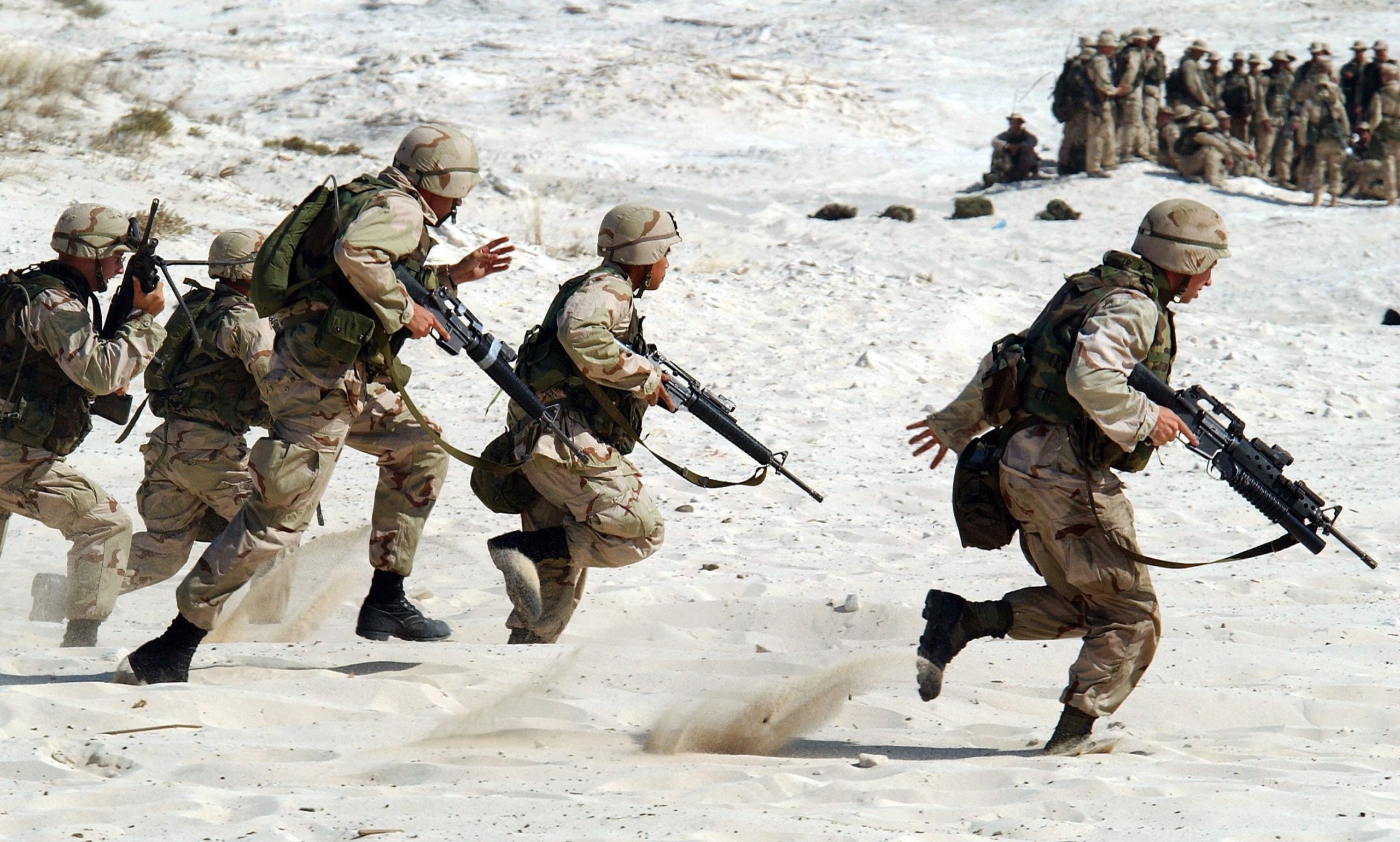Overview of CBRN part 2
We live in unsettling times where there is ongoing threat from terrorism, wider global conflicts, and differing political landscapes. The risk from CBRN is ever increasing due to advancements in technology and increased willingness of terrorists to use unconventional weapons. In 2018, a nerve agent ‘Novichok’ was used in Salisbury in the UK where 6 people were affected. 1 of them died from the exposure. The incident posed significant challenges on the emergency services, requiring a large operational response in staff, specialised personnel, and equipment. The Novichok incident was a specifically targeted attack on a small scale, but it required a huge response.
In 1994 the Aum Shinrikyo cult conducted a Sarin nerve agent attack in Matsumoto, Japan, that killed 8 people and injured 660. Again in 1995 the cult conducted a Sarin attack in a Tokyo subway where 13 people died, and 6,226 were injured. Both incidents required large scale responses from the Japanese emergency services and many specialist responders and equipment.
Searching the open-source Global Terrorism Database for all CBRN attacks from January 1, 1970, through December 31, 2018, the results showed there were 390 total CBRN incidents, causing 930 total fatal injuries (FI) and 14,167 total non-fatal injuries (NFI). These figures broken down:
A total of 347 chemical attacks (88.9% of total) caused 921 FI (99.0%) and 13,361 NFI (94.3%). Thirty-one biological attacks (8.0%) caused nine FI (1.0%) and 806 NFI (5.7%). Twelve radiation attacks (3.1%) caused zero FI and zero NFI. There were no nuclear attacks. Globally, the use of CBRN accounted for less than 0.3% of all terrorist attacks in this period.
Although recent publicly known terrorism events within the UK have mainly been Marauding Terrorism Attacks (MTA) (Sky News 2020), significant risk is still posed from a CBRN threat. As from the examples in Japan, CBRN attacks can cause high numbers of casualties and require specialist resources. For an emergency responder, dealing with a CBRN incident will likely pose significant challenges and require use of training that isn’t practiced often.
